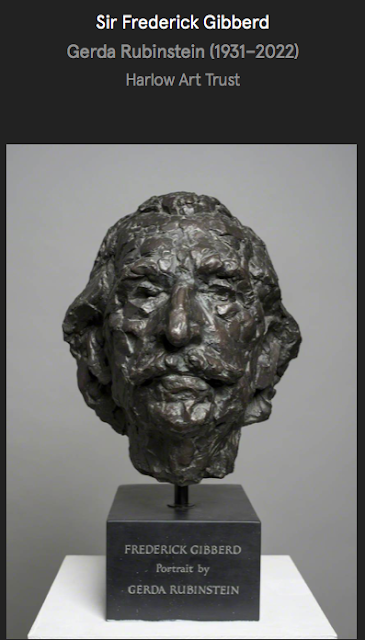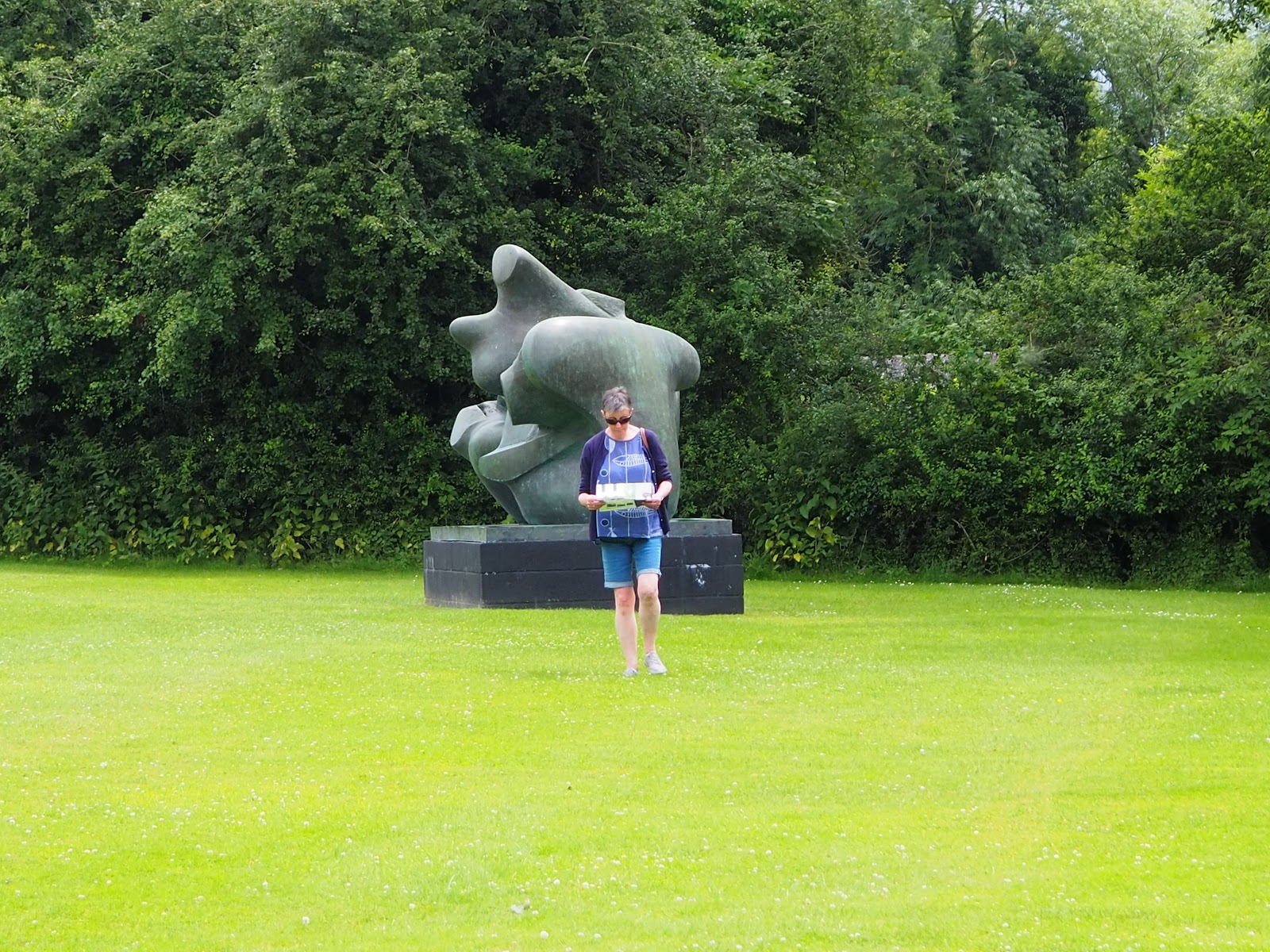Here’s a psychogeographic walking project for some bright, fit, young soul who’s got a private income and lots of time on their hands. Why not walk to, between, and around, every Henry Moore sculpture in the world? Here’s a map from the Henry Moore Foundation of ‘works in public’ that gives some sense of the task.
If you wanted to restrict yourself to just the ones in Britain it would be reasonably doable, though not a walk in the park.
Japan, with a short side excursion to South Korea, would make a fine project too.
Africa needn’t trouble you much, and Russia not at all.
These thoughts are inspired, if that’s the word, by a visit to the Henry Moore Studios and Gardens, (also his house Hoglands) at Perry Green in Hertfordshire. There are 70 are acres of land with 21 major works by Moore scattered across them. The sculptures are different sizes of course, but none of them is small, and some of them are absolutely massive.
70 acres provides scope for plenty of walking. The main area that visitors go to is called the sculpture lawn, then there’s a meadow and a large area designated as ‘sheep field,’ complete with sheep. In the outer reaches of the site, the sculpture thins out considerably, and that’s the evidently way Moore wanted it.
Perhaps the best thing about the gardens is how few paths there are. There are one or two, but mostly you’re free to walk where you like, make your own way, plan your own route across grassy expanses, and see the sculptures in any order you like, from any angle, from as near or as far as you like. You can even touch them, so long as you’re gentle and you don’t climb on them or their plinths.
I was left wondering how much of a walker Henry Moore was? He grew up in Castleford in Yorkshire, which is near some very good walking territory, and I take it that if you own 70 acres you’re going to do some walking one way or another.
There are certainly pictures of him walking. In later years he used a walking stick but many do. We know that he liked his sculptures to be placed and seen in the great outdoors, and there are plenty of pictures of him posing with them in wide open spaces, and presumably he walked to them.

And I find myself wondering if he ever said to his wife Irina, ‘All right love, I’m just going for a walk round the garden,’ and then she wouldn’t see him for a few hours. More research required. I’m working on it.


































